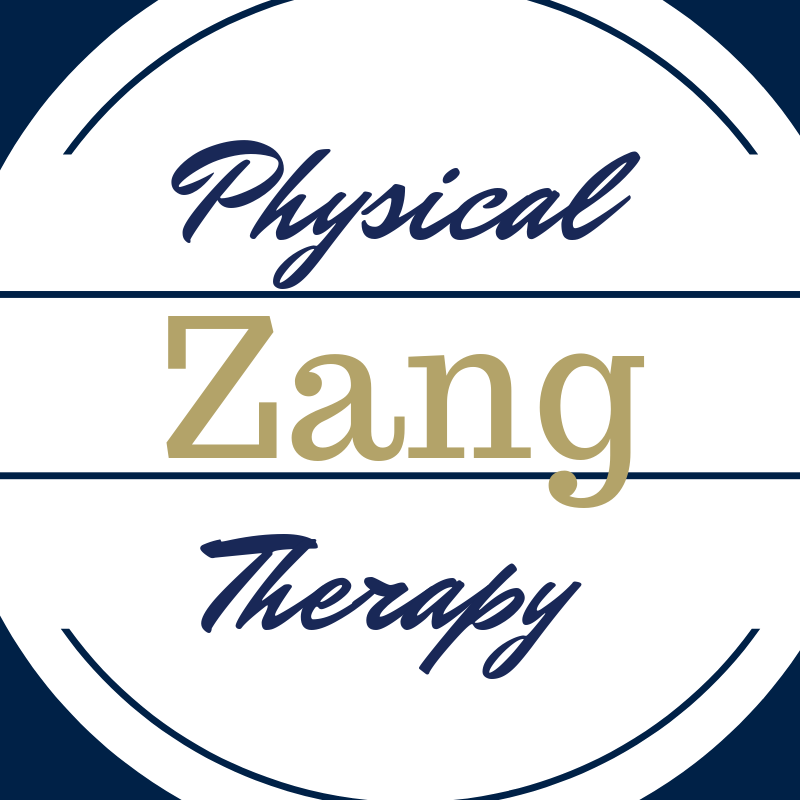A recent patient commented on how they noticed many older adults having visible changes in posture. They questioned whether it is possible to reduce the likelihood of this happening to them. As you might imagine, the answer is not so simple.
Some changes are inevitable such as loss of height, which is just a normal part of aging. This shrinkage is the result of the discs. These discs sit between each level of the spine. As one ages, they lose their hydration (drying up) thus reducing or shrinking in size.
Another factor in postural changes with aging is the stiffness that develops with reduced activity. This often happens as a person ages. If the body is not asked to move through a full range of motion, it will conserve energy. It does this by shrinking muscles/ligaments/tendons thus limiting motion of the joints. This is why most adults are no longer as flexible as they were when they were younger. The best way to combat this is by remaining active. Make the joints/muscles of the body move though the fullest range of motion possible. This is also accomplished via dedicated stretching time. A meaningful change will not happen overnight. The body is quick to take away but slow to give back motion. Thus hold times for stretches should be on the order of 30 seconds or more for a total stretch time of at least 90 seconds per muscle.
Other postural changes noted include development of what is called a Dowager’s Hump. In layman’s terms this is that rounding of the upper back. This results in the individual having difficulty standing tall and having to strain to lift their head to look to the horizon. Most often this happens in women, but can occur in men as well. This condition is common in those with osteoporosis who develop spinal wedge or compression fractures in that region.
The good new for many age related postural changes is that prevention is possible. The best defense against age-related changes is being proactive. Mindfulness of body movements and posture throughout life is best. Another important piece is to maintain activity and even consider exercise programs developed for your age bracket. The time to act in prevention is now. By the time you realize you are staring at the floor, it becomes much more difficult to treat. Do not wait until it is too late. In the event that your postural issues are causing you pain or impairing your daily function then seek consultation from your physical therapist to help get you back on track
